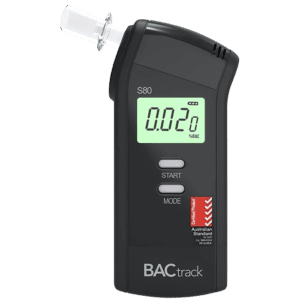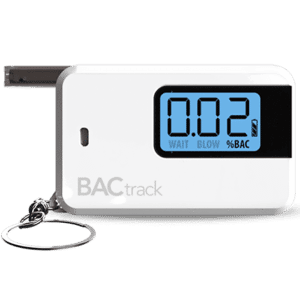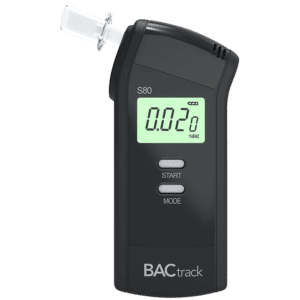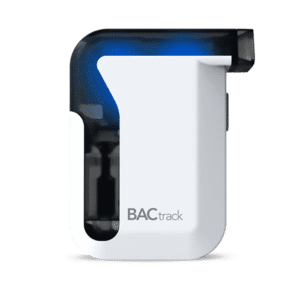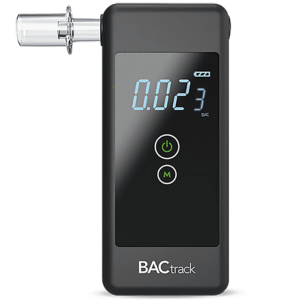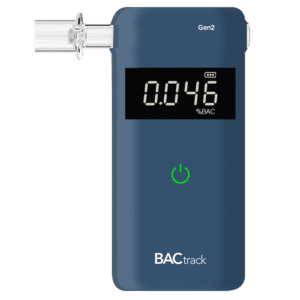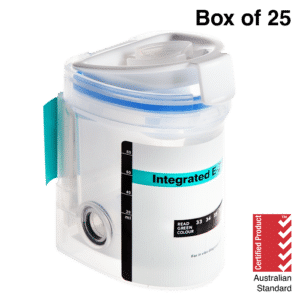Urine Drug Screen: Definition, Types, and the Collection Process
30 January, 2024
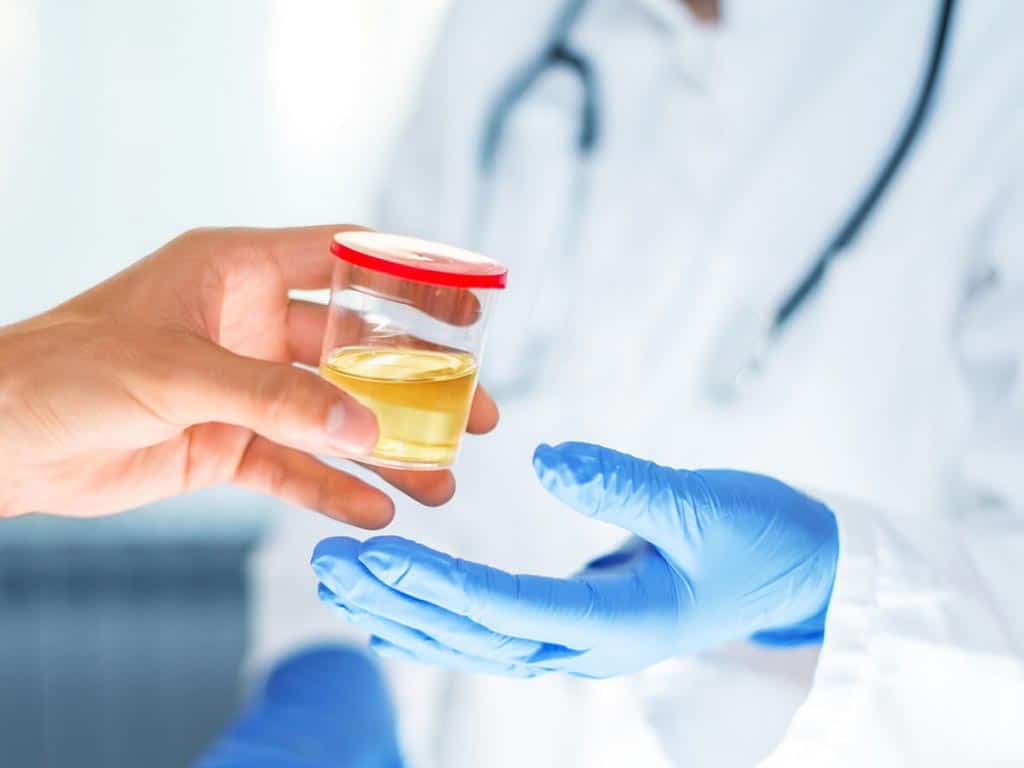
A urine drug screen is a test that can detect drugs of abuse in the system of an individual. It is often used in the workplace or medical settings. The process involves collecting the urine sample, analysing it in the lab, and interpreting the results to determine if any drugs are present. There are different types of urine drug tests. These include Immunoassay (IA), Gas Chromatography and Mass Spectrometry (GC-MS), and High-Performance Liquid Chromatography (HPLC).
Illicit drug use poses a widespread problem with considerable repercussions on health. Whether individuals use drugs recreationally or as an escape, it negatively impacts their physical and mental well-being. Fortunately, there are various testing methods available. While blood, hair, and saliva drug screens exist, urine testing stands out as one of the most widely utilised approaches. This article will provide more information about urine drug testing, including its types and collection process.
What Is Urine Drug Screening?
A urine drug screen is a medical test that analyses urine samples to detect illicit substances or drug metabolites. Compared to blood tests, using this method is faster and more cost-effective for identifying illegal drug use. Additionally, it has a detection window ranging from 24 to 72 hours after consumption or more, depending on the drug. Hence, it is suitable for monitoring acute impairment and potential substance abuse.
Drug screening is a prevalent practice in workplaces to assess potential risks to employees. It is suitable for random testing, allowing employees to be tested at any time. Similarly, it is essential during pre-employment screening to evaluate whether job applicants have substance abuse issues. Therefore, it minimises factors that may contribute to workplace hazards.
In a medical setting, healthcare professionals may use the screening to help diagnose potential substance abuse issues in patients. These tests can provide valuable information to healthcare providers for patient assessment and treatment. Overall, urine drug testing plays a crucial role in ensuring safety and promoting well-being in various settings.
Importance
- Enhance safety: minimises substance-related risks and prevents accidents from occurring.
- Improve productivity: a healthy workforce has less absenteeism and downtime rates. This allows employees to perform optimally.
- Facilitates treatment referrals: positive drug testing results can lead to referral to treatment programs, supporting employees in overcoming substance abuse issues.
- Deter substance abuse: discourages individuals from engaging in such activities, knowing they can be tested anytime.
- Comply with regulations: ensure the company adheres to applicable laws regarding health and safety and workplace testing protocols.
- Ensures fair employment practices: consistent urine drug testing helps maintain fairness in employment practices, as all employees are subject to the same rules.

Types of Urine Drug Screening
Urine drug screening involves various testing methods. One of the primary methods is the IA testing. The method utilises antibodies to identify the presence of various drug types in urine samples. Accordingly, this is common due to its cost-effectiveness and ability to yield rapid results. Hence, IA serves value in the screening test phase, allowing for quick identification of potential drug misuse.
In addition, professionals may utilise GC-MS as an advanced urine testing method. It offers a high level of accuracy and can detect classes of drugs. This type is often utilised in the confirmation phases when IA screening yields non-negative results. Nevertheless, it provides a thorough and reliable assessment of urine samples.
HPLC is another instrumental urine screening method. It operates based on the principles of analysing and determining the concentration of drug compounds in a urine specimen. Thus, it makes it a valuable tool for precise detection and quantifications. Also, this method is known for its sensitivity and specificity in identifying illegal drugs and their metabolites.
What Substances Can Be Detected?
Urine drug testing can detect a wide range of illegal and legal substances. Most frequently, it seeks out commonly abused drugs, such as THC or marijuana, cocaine metabolites, amphetamines, and opioids. Opioids include heroin, codeine, and morphine. Moreover, some tests may screen for designer drugs, such as ecstasy and synthetic marijuana.
The test may also include ethanol, benzodiazepines, barbiturates, and phencyclidine (PCP). It is important to check what a specific screening device tests for. This is because certain devices may not detect certain drugs. For instance, the number of panels in urine drug testing kits will determine how many substances it is capable of identifying.

Urine Drug Screen Collection Process
The collection process of urine drug screening consists of several important steps. It begins with collecting urine samples from the individual undergoing the testing. The medical professional securely handles the urine specimen using a plastic container to prevent tampering. After conducting integrity checks, the conductor will seal, label, and transport it to an accredited laboratory.
During the laboratory testing, the specimen undergoes a series of analytical procedures to detect the presence of specific drugs and their metabolites. The initial phase typically includes IA testing, which is efficient and cost-effective. However, if the initial IA assessment indicates the presence of a specific substance, additional confirmatory tests may be conducted to verify the results. This includes GC-MS and HPLC.
Moreover, quality control measures and strict adherence to protocols are crucial throughout the medical testing process. This is to guarantee the precision and dependability of outcomes. After completion, an expert will interpret the outcomes. Subsequently, they will report it to the requesting individual.
Factors That May Affect The Results
Various factors can interfere with a urine drug test. Differences in metabolism can have a notable impact on the outcomes. Factors such as age, gender, body mass, liver function, and hydration status can affect the processing of drugs. Accordingly, IA testing is susceptible to cross-reactivity. Interactions with substances or medications may produce false-positive results.
The reliability of drug screens also depends on the integrity of the urine sample and proper handling procedures. Contamination, tampering, or improper storage can compromise the accuracy of the results. Thus, collectors can conduct integrity checks to ensure sample validity. Some testing kits can also check the sample temperature.
Conclusion
In conclusion, urine drug screening is a vital tool in detecting illicit substances and ensuring safety in various settings. Employers rely on it for workplace safety, while healthcare professionals use it to diagnose and treat substance abuse in patients. The primary testing methods, including IA, GC-MS, and HPLC, offer varying levels of cost-effectiveness, speed, and accuracy. IA is swift for initial screening, while GC-MS provides detailed confirmation when needed. HPLC ensures precise detection and quantification.
The specimen collection process involves secure handling, sealing, labelling, and transportation to accredited labs. Analytical procedures, including IA testing, detect drugs. Confirmatory tests like GC-MS and HPLC may follow. Strict protocols ensure accuracy. Factors like metabolism, age, and hydration can affect validity. Proper handling is crucial to prevent contamination. In the end, experts interpret results and report to the individual. Overall, urine testing can provide valuable insight into drug use and other related health and safety issues.




















